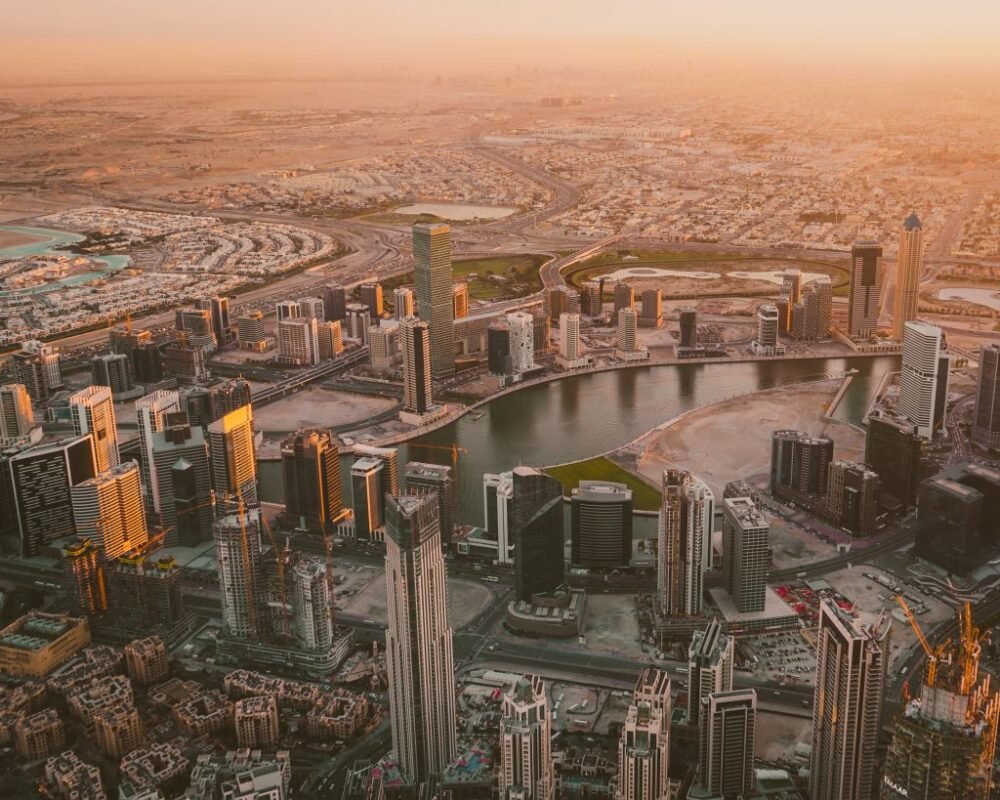No products in the basket.
Visual Diary
Economic Sustainability
This blog post is a part of our series on Visual Diaries. In this course, we teach you how to develop your own artistic style and voice. One of the vital stepping stones is to find a topic you are passionate about and feel eager to change or resolve it. We have identified 7 Major Global Issues with lots of subcategories to get you started. The 7 main categories are:
- Polarization
- Environmental Sustainability
- Social Sustainability
- Economic Sustainability
- Fringes and Frontiers
- Safety and Security
- Freedom
Please bear in mind that these topics overlap, interject and fuse together. Some can even be condensed more. But for the sake of our videos, I have finally decided to stick to these 7.
This blog post focuses on topic number four Economic Sustainability. The purpose is to create awareness, pique your interest and make you attentive to the specific situations causing this global issue. We want you to become passionate, angry and excited about the topic you choose.
Introduction to Economic Sustainability
One would think that the internet should ultimately unite the human race. It enables us to share information freely and should give us a deeper understanding of each other, viewpoints, cultures,
Ok, so we have looked at the planet and people, and now we need to look at the 3rd leg of sustainability, profit.
Economic sustainability refers to practices that support the long-term economic growth of a country or a business without negatively impacting the social and environmental aspects of the community.
When it comes to environmental harm, the global business community is one of the worst offenders. Households account for less than 10% of all carbon emissions in the USA. Industry makes up the rest. We need to embrace a new way of doing business—one that prioritizes the health of the environment and people.
Countries and businesses should avoid practices like the burning of fossil fuels, creating food waste, using harmful manufacturing methods such as dumping wastewater into streams, rivers and lakes, and preventing chemical leakage in the groundwater. Usually, products that are cheap to manufacture and purchase have the worst economic impact.
Thankfully, various economic sustainability practices are taking hold worldwide to reduce further carbon footprint. Here are some examples of economic sustainability that can help inspire change. Air-to-water conversion technology that can extract water from the air.
Recycling is still one of the best ways to reduce your carbon footprint. Micro-farming, also known as urban farming, is farming on residential or commercial property of fewer than five acres. Other examples include Sustainable Fish-farming, biodiversity and habitat conservation, forest management, green energy and water conservation.
These economic sustainability examples prove that some organizations truly care about our environment’s health and future. There are still very important and difficult questions related to these examples—but they are a step in the right direction.
Recent Events to go and research

Jeff Bezos’ new superyacht requires the removal of a historic bridge to get to the ocean
Jeff Bezo’s new superyacht spans 127 m long and is too tall to pass underneath the historic Koningshaven Bridge. The bridge will be dismantled for the vessel to pass through. This move is controversial because the bridge, which locals refer to as De Hef has a rich history and is a national monument.

2008 Economic Crash Housing Bubble Burst in the USA
The US housing bubble was a real estate bubble affecting over half of the population. Housing prices peaked in early 2006, started to decline in 2006 and 2007, and reached new lows in 2012. The credit crisis resulted from the bursting.The 2007-2009 financial crisis began with cheap credit and lax lending standards that fueled a housing bubble. When the bubble burst, financial institutions were left holding trillions of dollars worth of near-worthless investments in subprime mortgage

Dubai was built on poverty and almost slave labour
Dubai is a very modern and cosmopolitan location, with massive skyscrapers and luxury malls, however to what degree was this city built on slave labour?

Also known as the Zuma unrest or Zuma riots, was a wave of civil unrest that occurred in South Africa in July 2021. Sparked by the imprisonment of former President Jacob Zuma for contempt of court. Resulting protests against the incarceration triggered wider rioting and looting. It was the worst violence that South Africa had experienced since the end of Apartheid.

India has the second-largest population in the world and is the seventh-largest country. More than 80 million people in India are considered poor.

Micro farming & fleet farming in Orlando
This is an organization .that encourages homeowners to transform their American gardens into bio-verse, productive micro-farms in an effort to make healthy, affordable food more convenient and to educate the community about sustainable food growth.

Solar energy expansion for low-income families
California’s Solar Initiative (CSI) is a state-run program that provides low-income families with the opportunity to add solar panels to their homes. Decreasing their overall energy usage which in turn helps households lower their energy bills.

Japans Zero-waste town of Kamikatsu
In 2003, the municipality of Kamikatsu in Japan created a zero-waste declaration. Kamikatsu is on a mission to reuse, recycle and reduce as much as possible to fight overflowing landfills and eliminate dependence on incinerators. More cities in Japan and globally are now looking to use this town as an example of how to transition into a low-carbon, low-waste economy.
Subcategories for Economic Sustainability / Vocabulary to understand
Circular Economy
The circular economy is a model of production and consumption, which involves sharing, leasing, reusing, repairing, refurbishing and recycling existing materials and products for as long as possible. In this way, the life cycle of products is extended.
Economic Models
Different theoretical constructs are used to embody different economic strategies- to help us predict economic behaviour. There are two broad classes of economic models theoretical and empirical.
Population Growth
Growth and increase in the Population.
Taxation
The implementation of forced levies on individuals and organisations by the government. This is used to collect revenue to contribute to Government expenses.
Corporate Sustainability
Plans and strategies are implemented by businesses to deliver goods and services in a way that is ethically and environmentally sustainable. Here businesses recognise that ethical and environmentally friendly practices are equally as important as generating profit and revenue
A new type of thinking is essential if mankind is to survive and move toward higher levels.
Albert Einstein
Videos to watch
Further Recommended Research
Watch the movie The Big Short.
Watch the movie The Wolf of Wall Street
Harvard Professor Ludwig Straub – paper on the modern savings glut of the rich.
Topic Hereos to watch out for

U.S president Biden imposed a tax on unrealised capital gains at death, to ensure that people can’t horde their assets indefinitely throughout multiple generations.

Warren is a senator who wants to change the rules of the economy. Warren fights for working-class families and economic equality.

Sanders is a senator who believes in creating an economy that benefits all the citizens and not just the rich. “Democratic socialism means that we must create an economy that works for all, not just the very wealthy.”

Bureau of the Economic Research
BER is an economic research institution that monitors South Africa’s economic trends and ethics.
Artists that already addressed this topic
1.Banksy
Street artist Banksy critiques consumerism and capitalism, he often comments on the consumer culture cultivated by the media and large corporations.




dav 

2.Andy Warhol
Famous Pop Artist Warhol often commented on the consumer culture and materialism in America. His constant repetition of specific objects and icons plays into the commodification and mass production of products in society.
3.Kelly Gallagher
Gallagher is a mixed media and animation artist. Her work focuses on handcrafted animations which address feminist and social politics.
4. Barbara Kruger
Kruger is well known for her anti-Capitalist graphics. Kruger’s work relies on media jamming, a process in which the artist subverts media messages transforming them into anti-messages.
5. Diane Victor
Victor’s fragile but powerful drawings comment on a variety of issues. She is primarily concerned with corruption and economic exploitation.
Possible Solutions
- Revise trade rules between poor and rich countries
- Taxation of the super wealthy
- Education is key to reducing the wealth gap. Workers with more education then to have skills that earn higher income.
- Increased Minimum Wages.
- Access to affordable high quality childcare,
- Adjust the tax code to redistribute wealth.
- Governments to provide better social safety nets.
- Fix loopholes that the rich uses to avoid paying taxes.





























